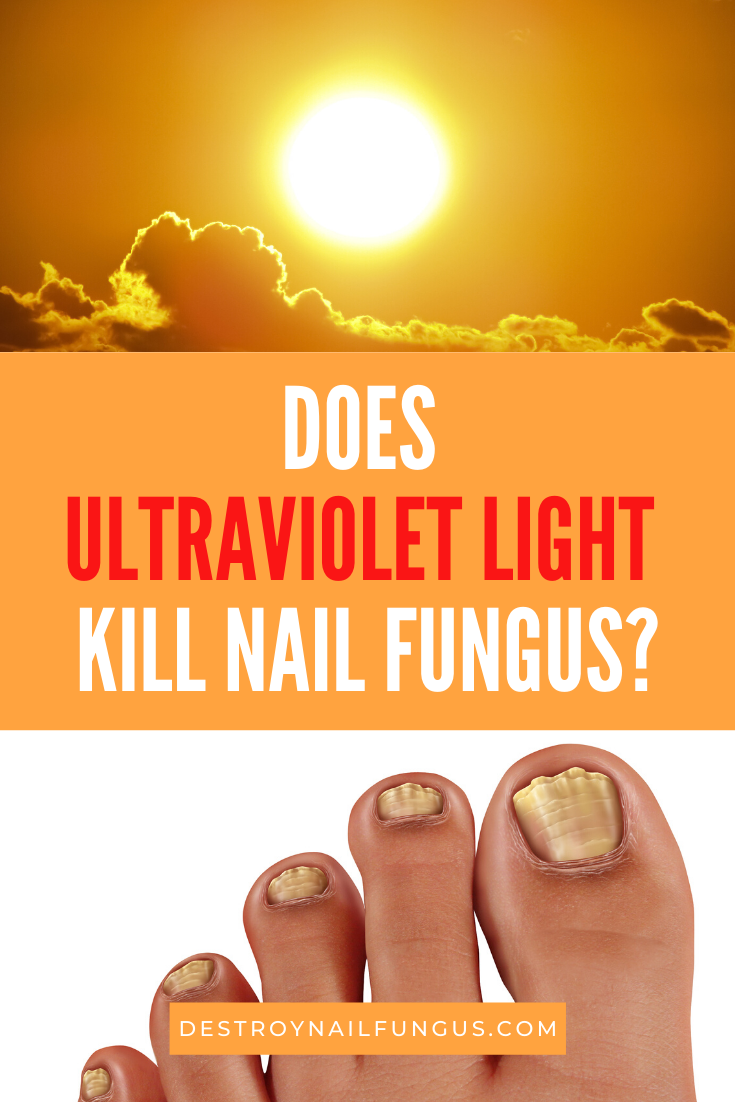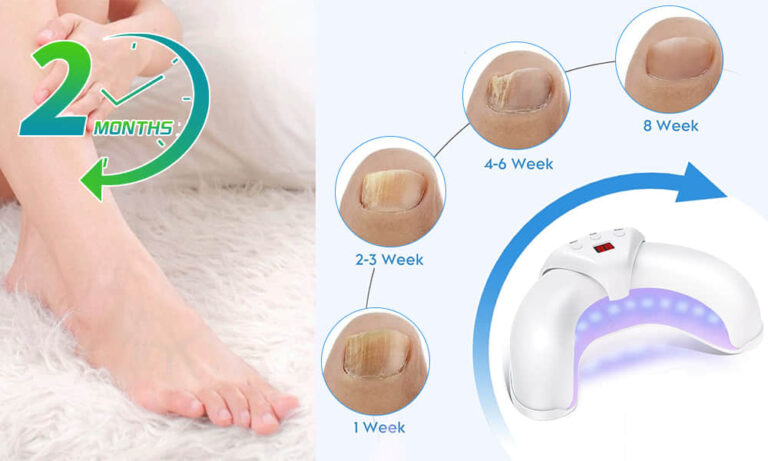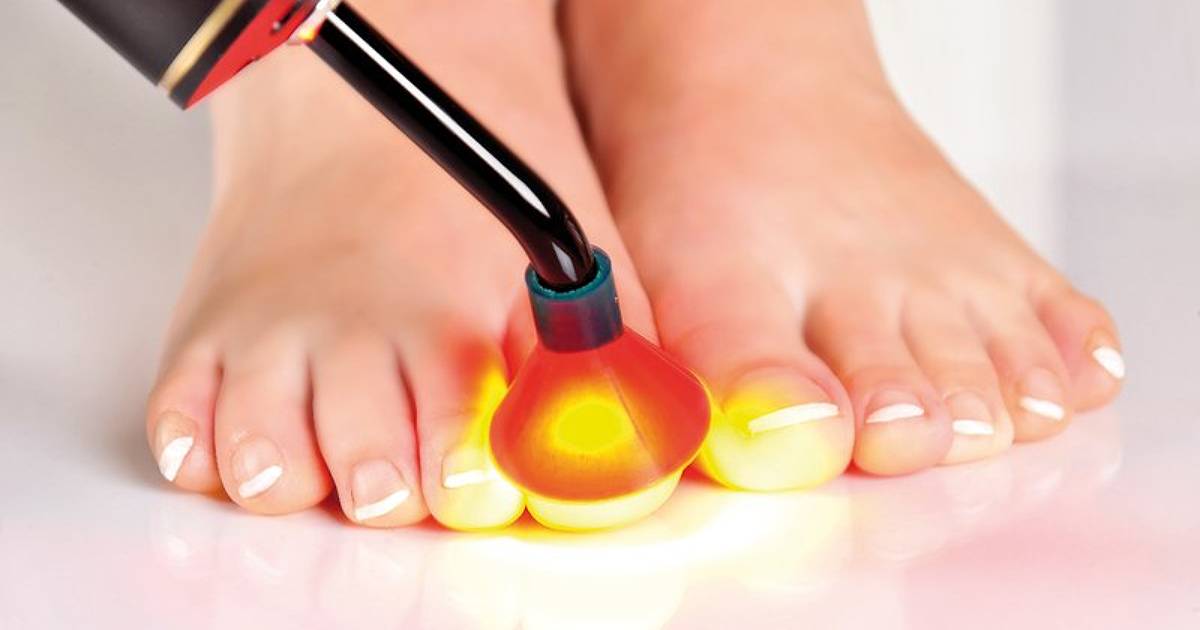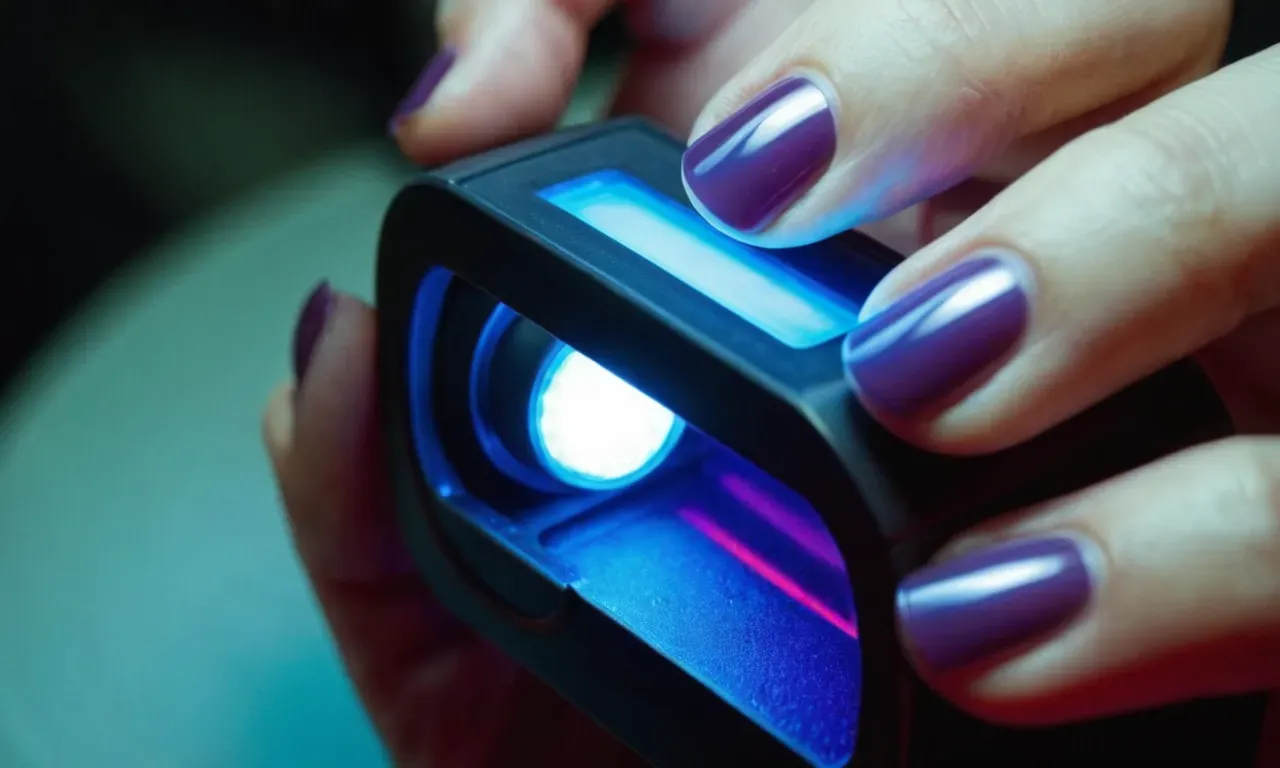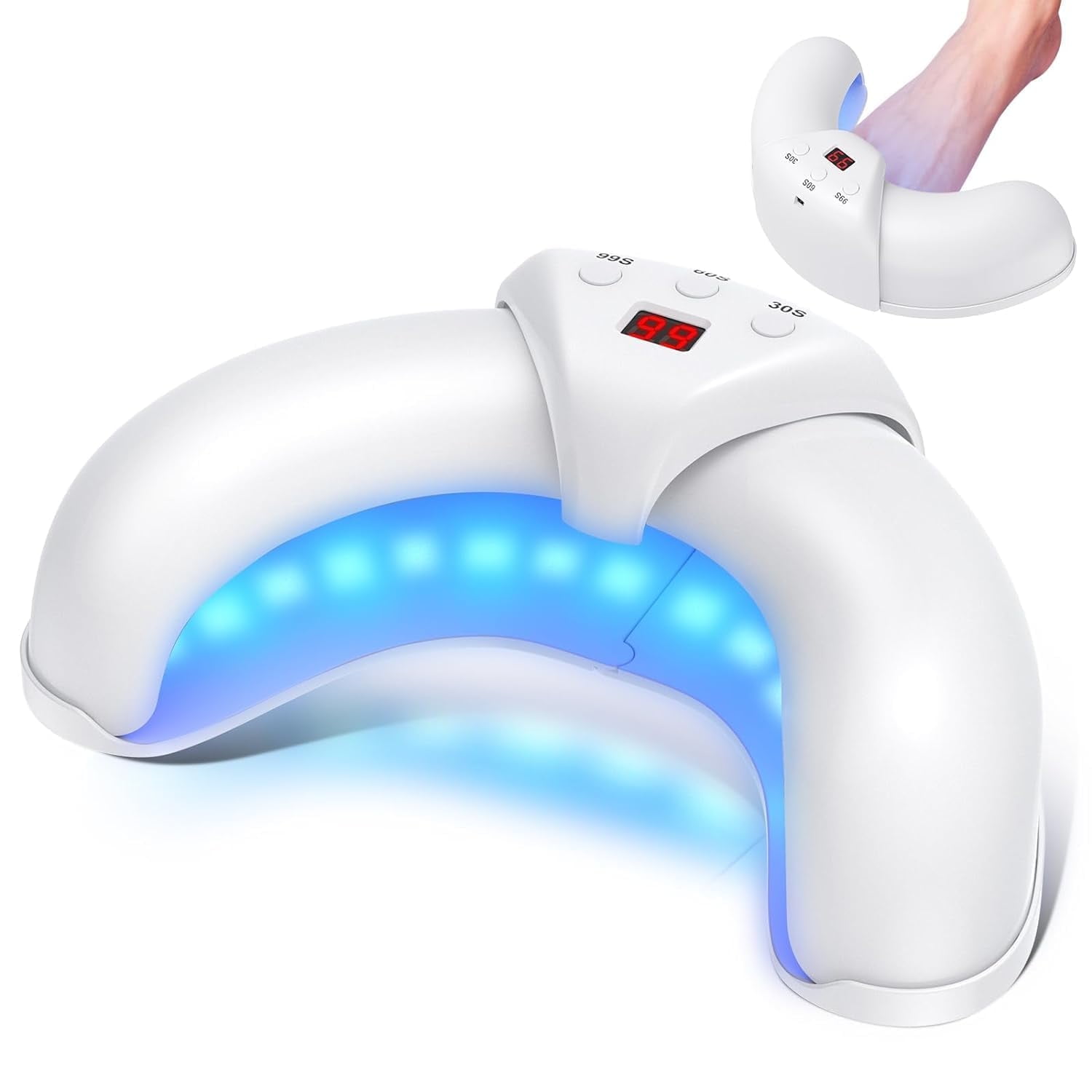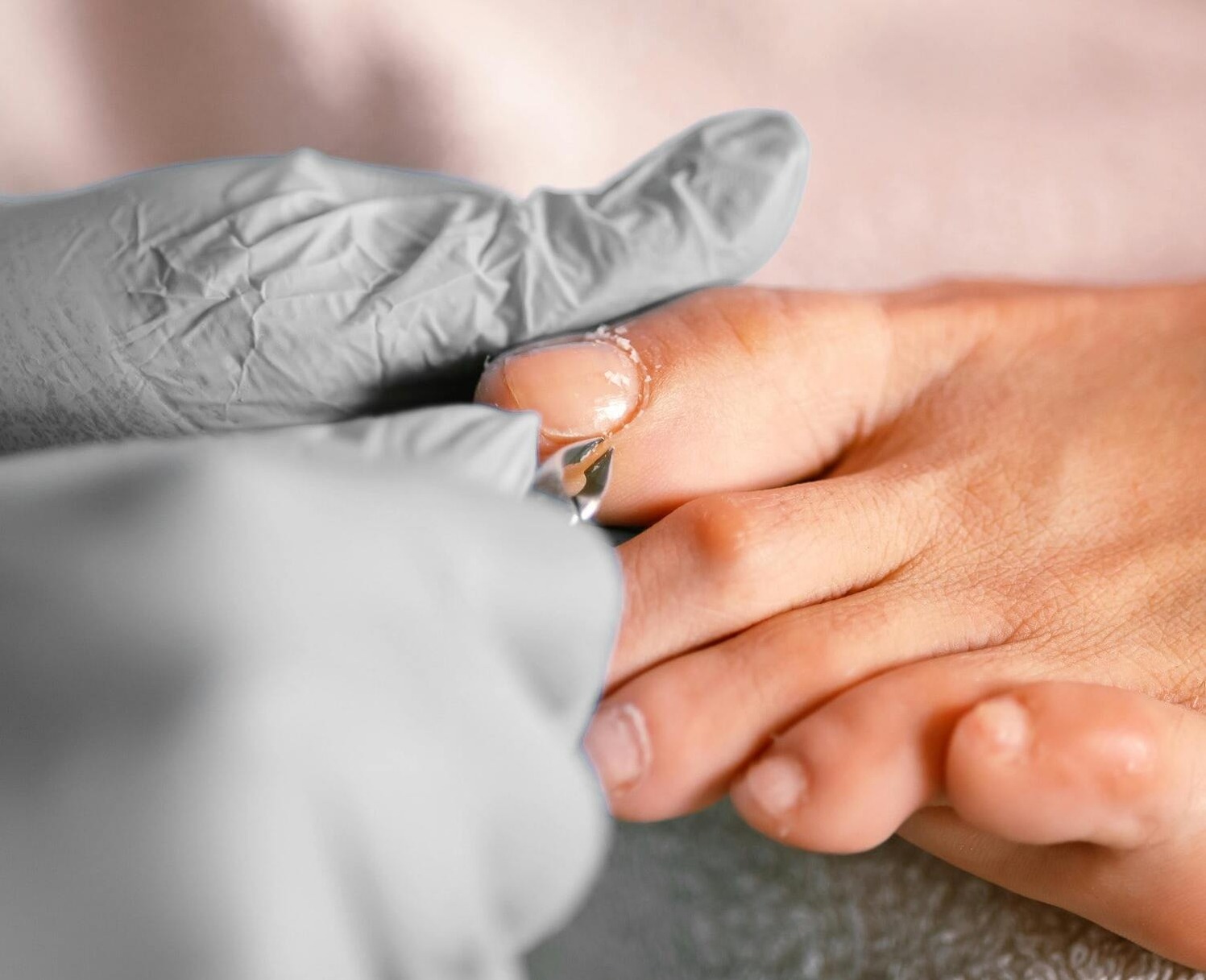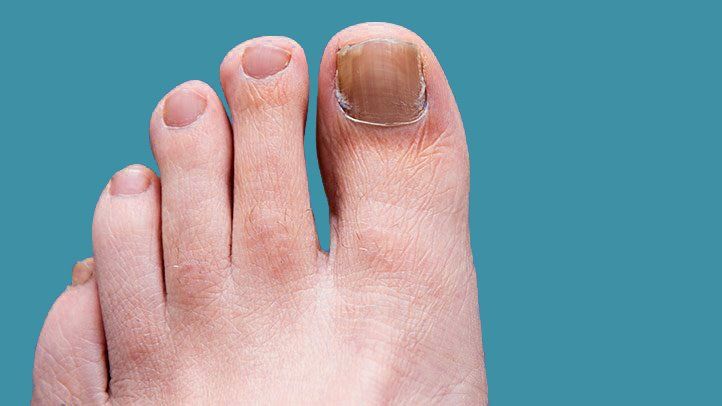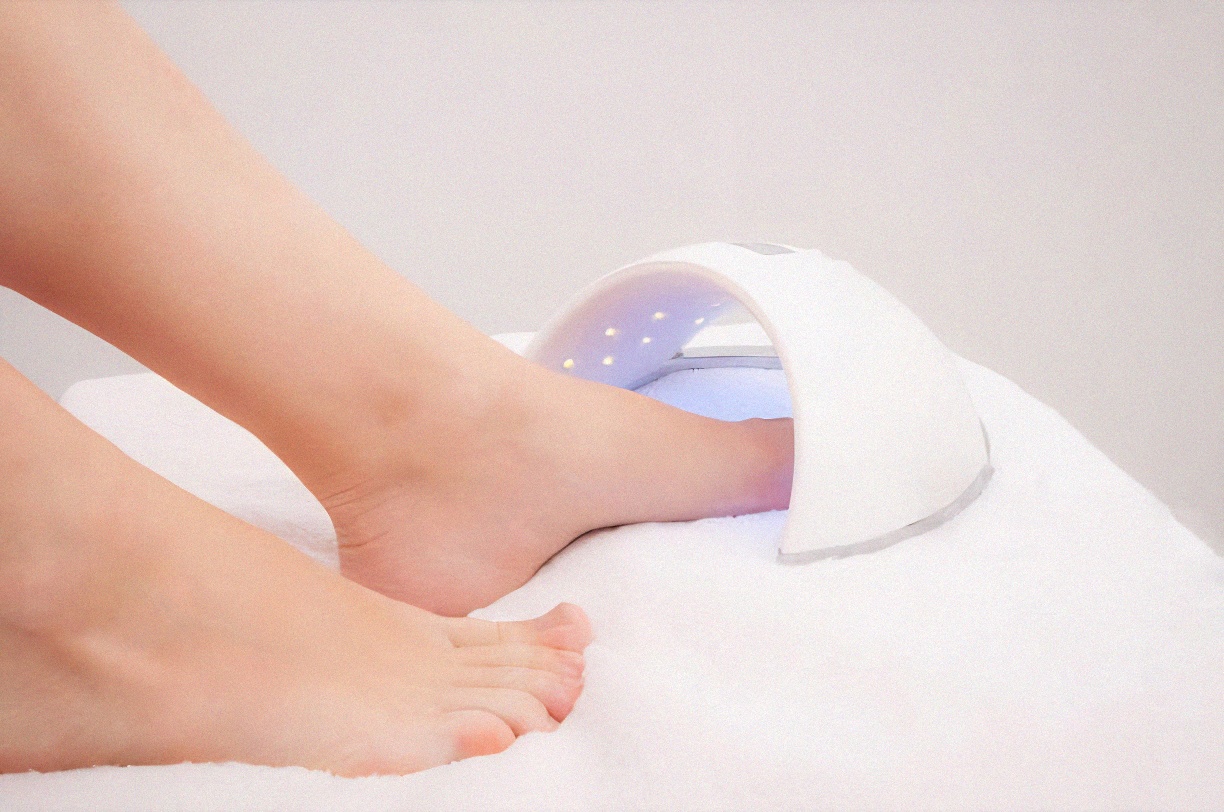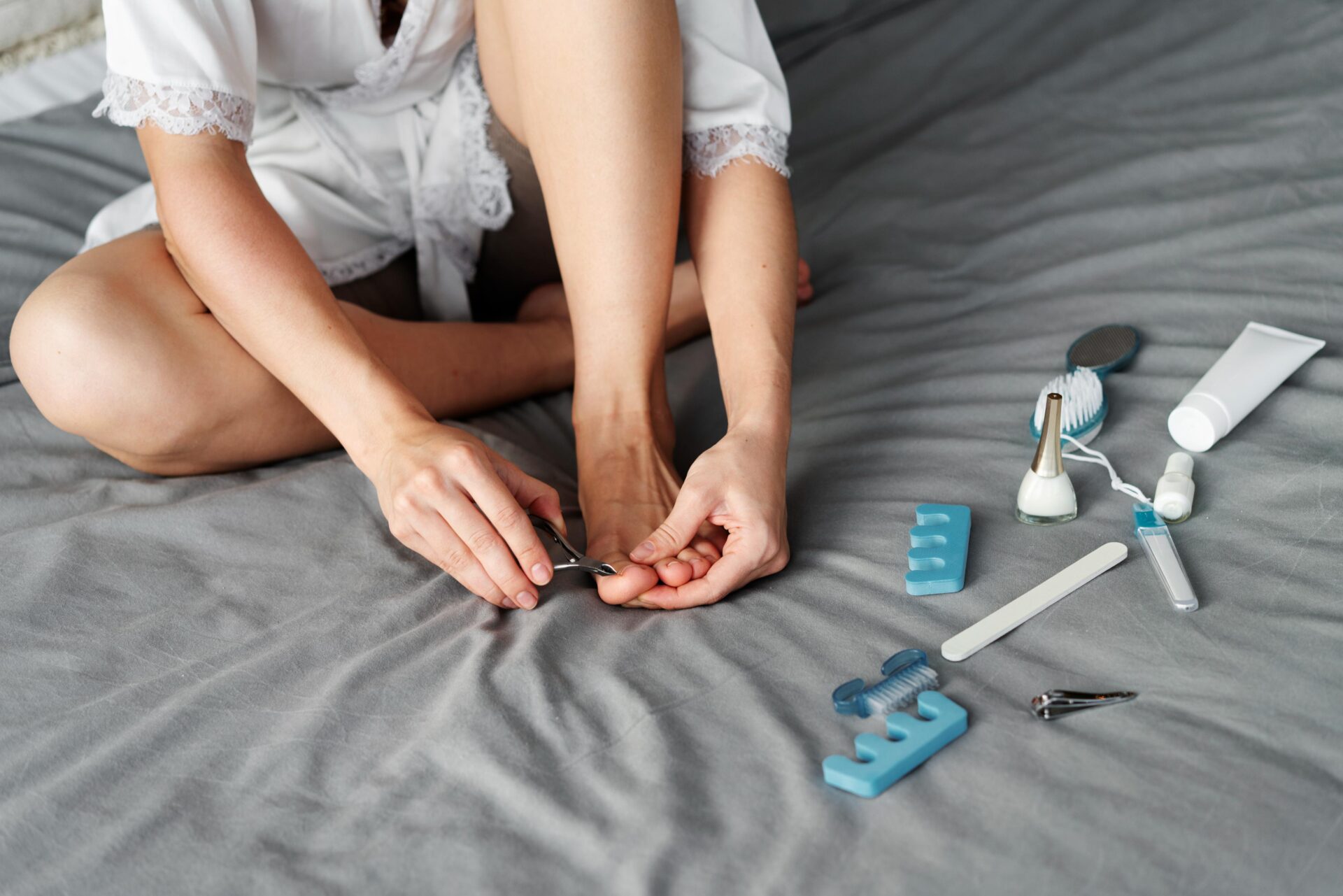Will Uv Light Kill Nail Fungus

Onychomycosis, commonly known as nail fungus, affects millions worldwide, leading to discolored, thickened, and often painful nails. Traditional treatments, such as topical and oral antifungal medications, can be lengthy and sometimes come with unwanted side effects, prompting researchers and patients alike to explore alternative therapies.
This has led to growing interest in the potential of ultraviolet (UV) light to combat nail fungus. But can UV light truly kill nail fungus, and is it a safe and effective option for those seeking relief from this persistent condition?
Understanding Nail Fungus and Current Treatments
Nail fungus is a fungal infection that typically occurs beneath the surface of the nail. It is often caused by dermatophytes, molds, and yeasts.
The infection can spread from nail to nail or to other parts of the body if left untreated. Current treatments for nail fungus include topical antifungal creams and ointments, which are applied directly to the affected nail.
Oral antifungal medications, like terbinafine and itraconazole, are also prescribed for more severe cases, but these can carry risks of liver damage and other side effects. Laser therapy, which uses focused light energy to kill the fungus, is another option, but it can be expensive and may require multiple treatments.
The Science Behind UV Light and Its Antimicrobial Properties
UV light is a form of electromagnetic radiation that is divided into three categories: UVA, UVB, and UVC. UVC light, in particular, has strong germicidal properties, meaning it can kill bacteria, viruses, and fungi by damaging their DNA and RNA.
This antimicrobial effect has led to the widespread use of UVC light in disinfection systems for air, water, and surfaces, especially in hospitals and laboratories. However, the use of UV light for treating nail fungus is a more recent and less established area of research.
The key question is whether UV light can penetrate the nail plate effectively enough to reach and kill the fungus residing underneath.
Research on UV Light for Nail Fungus Treatment
While UVC light is effective at killing microorganisms, its application to nail fungus is complicated by the density of the nail plate. Studies examining the efficacy of UV light for treating onychomycosis have yielded mixed results.
Some in vitro studies have shown that UVC light can inhibit the growth of certain fungal species commonly associated with nail infections. However, these studies are typically conducted in a laboratory setting and may not accurately reflect how UV light would perform in a real-world situation.
Clinical trials involving human subjects are limited, and those that have been conducted often have small sample sizes or methodological limitations. Consequently, there is currently insufficient evidence to definitively conclude that UV light is an effective treatment for nail fungus.
Potential Risks and Considerations
Beyond the question of efficacy, safety is a major concern when considering UV light treatment. Prolonged exposure to UV radiation can cause skin damage, including premature aging and an increased risk of skin cancer.
Therefore, any device used to treat nail fungus with UV light must be carefully designed to minimize exposure to surrounding skin. Additionally, the eyes must be protected from UV radiation, as it can cause cataracts and other eye damage.
It is crucial to consult with a dermatologist or other qualified healthcare professional before using any UV light device for nail fungus. They can assess the severity of the infection, discuss potential risks and benefits, and recommend the most appropriate treatment option.
The Market and Available Devices
Despite the lack of conclusive evidence, a number of UV light devices are marketed to consumers as treatments for nail fungus. These devices vary in design and intensity of UV radiation.
Some are handheld devices that are applied directly to the affected nail, while others are larger units that the foot or hand is placed inside. It is important to be wary of devices that make exaggerated claims about their effectiveness or fail to provide adequate safety information.
The Food and Drug Administration (FDA) in the United States regulates medical devices, but not all UV light devices marketed for nail fungus have undergone rigorous testing or received FDA approval. Consumers should carefully research any device before purchasing it and ensure that it is safe and effective.
Conclusion
While UV light has demonstrated antimicrobial properties in laboratory settings, the evidence supporting its effectiveness for treating nail fungus in humans is currently limited. More research is needed to determine the optimal wavelength, intensity, and duration of UV light exposure, as well as to assess the long-term safety of this treatment approach.
For now, individuals struggling with nail fungus should rely on established treatments, such as topical or oral antifungal medications, and consult with a healthcare professional to develop a personalized treatment plan.
"The best course of action is to seek professional medical advice,"stated Dr. Anya Sharma, a leading dermatologist.
As research progresses, UV light may eventually play a role in the treatment of nail fungus, but until more conclusive evidence emerges, it should be approached with caution.
